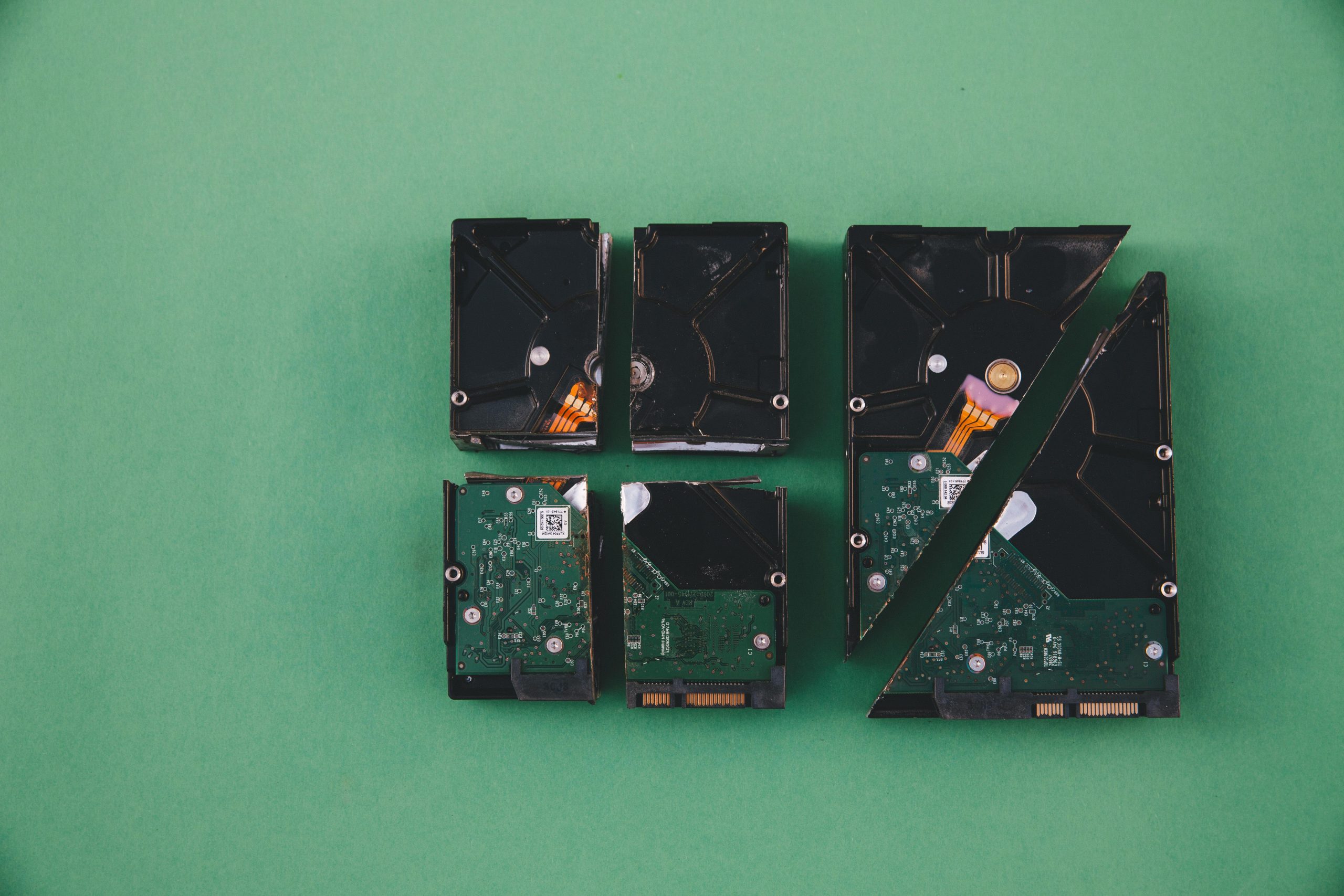Protecting Your Data: What to Do About External Hard Drive Swelling
Recently, I noticed an alarming issue with my 5TB Seagate External Hard Drive. After two to three years of reliable service, particularly in conjunction with my PlayStation console, I’ve discovered a noticeable bump or swelling inside the drive.
This worrying development has left me questioning the integrity of the device and the safety of all the data stored within it. Should I be concerned about losing its functionality? Is it wise to assume that the swelling indicates an impending failure, thus putting my valuable data at risk?
Assessing the Situation
When it comes to external hard drives, signs of physical alteration such as swelling or bumps can be indicative of underlying issues, often related to the drive’s internal components. In this case, the potential for data loss grows more significant as time goes on.
Immediate Steps to Take
-
Backup Your Data: Your first priority should be to safeguard your important files. If the drive is still accessible, consider transferring data to another external hard drive or a cloud storage solution. This ensures that you have copies of your files in case of a sudden failure.
-
Power Off and Inspect: Disconnect the drive from your computer and power it off. Inspect it carefully for additional signs of damage or malfunction. Listen for unusual sounds when the drive is powered on; clicking or grinding noises can indicate serious problems.
-
Consider Professional Help: If you’re unable to access the data or are uncertain about the drive’s health, seek professional Data Recovery services. While this may involve additional costs, it could save you from complete data loss.
Replacement vs. Repair
As for whether to purchase a new external hard drive, here are some considerations:
-
Age and Reliability: If your external hard drive is more than a few years old, it may be more prudent to invest in a new device. Newer models often come with improved technology and additional features that can enhance your data storage experience.
-
Warranty Status: Check if the drive is still under warranty. If so, contact the manufacturer for guidance on repairs or replacements.
-
Budget and Needs: Evaluate your data storage needs and budget. You may find drives with larger capacities or faster transfer speeds that meet your requirements.
Conclusion
Dealing with a swollen external hard drive is undeniably concerning, especially when so much valuable data is at stake. By taking immediate action to back up
Share this content:



